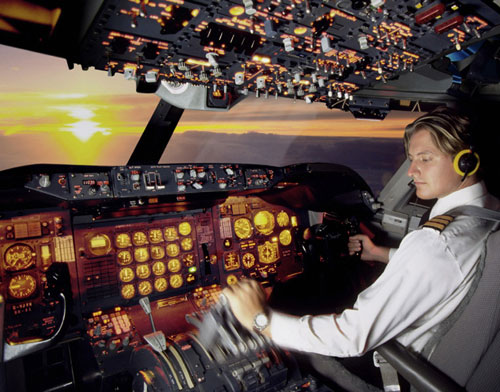

| 1. Check aircraft prior to flights to ensure that the engines, controls, instruments, and other systems are functioning properly. |
| 2. Check baggage or cargo to ensure that it has been loaded correctly. |
| 3. Choose routes, altitudes, and speeds that will provide the fastest, safest, and smoothest flights. |
| 4. Consider airport altitudes, outside temperatures, plane weights, and wind speeds and directions in order to calculate the speed needed to become airborne. |
| 5. Contact control towers for takeoff clearances, arrival instructions, and other information, using radio equipment. |
| 6. Coordinate flight activities with ground crews and air-traffic control, and inform crew members of flight and test procedures. |
| 7. File instrument flight plans with air traffic control so that flights can be coordinated with other air traffic. |
| 8. Monitor engine operation, fuel consumption, and functioning of aircraft systems during flights. |
| 9. Obtain and review data such as load weights, fuel supplies, weather conditions, and flight schedules in order to determine flight plans, and to see if changes might be necessary. |
| 10. Order changes in fuel supplies, loads, routes, or schedules to ensure safety of flights. |